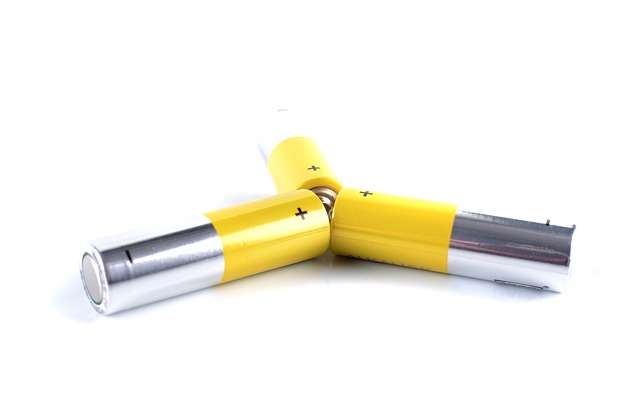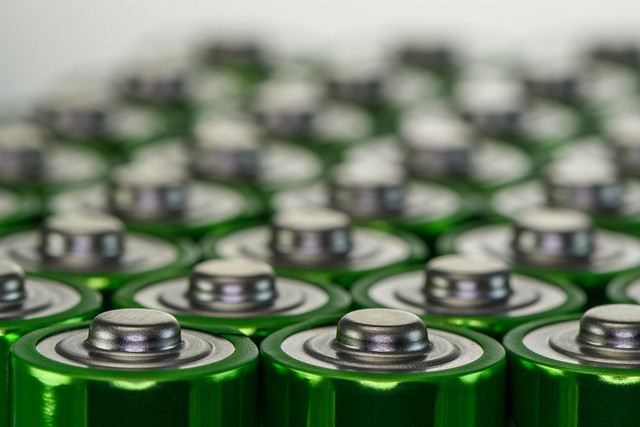Build Lithium-Ion Battery Pack Tips
Dec 11, 2019 Pageview:1837
It's so much fun to build a lithium-ion battery pack on your own. One of the main reasons why people make battery packs is to increase the voltage. Besides, those others do it to save money. And some do it for fun. You can also do it to extend the life of your batteries. Regardless of the group you belong to, I will give you tips on how to build the best pack.
By the end of the article, you will learn how to build a lithium-ion battery pack at home. Also, all the things that you need for this project. Lastly, you will learn how to create the best battery pack by yourself.
Can you build a lithium-ion battery pack at home?
Yes, you can most people build packs for home applications. However, for you to make packs at home, there are certain things that you need to observe. First, you need to follow safety. If you don't have a workstation, then try doing it in the garage or somewhere far away from the kitchen and small children. Lithium-ion batteries contain poisonous compounds; hence, it's good to observe safety.
DIY enthusiasts use old laptop cells to make something useful. They make things such as full-size EVs, garage built electric bicycles, go-karts, and solar energy storage. Furthermore, there has been an upswing in building lithium-ion battery packs over the last few years. The only limiting factor is the availability of the tools and workspace of the cell.
If you want to build more useful things at home, then you will need to set up a workspace. A functional workspace is easy to set up, so you don't have to worry too much. However, you will need at least a desk, enough lighting, and some soldering tools. First, you need to set up an office in a location that you will feel more productive. For instance, you can set it in a garage or one part of your bedroom or living room.
Some people build lithium-ion batteries at home to save money. That is because products made by traditional suppliers are costly. But building your custom pack is going to cost you less, and it will serve you equally. With so many companies such as Samsung LG and Sony producing high-quality cells, you can quickly grab some to integrate with your green projects.
What do you need to build lithium-ion battery pack
1.The PCB
To build a lithium-ion battery pack, then you will need a PCB. It acts as the brain of your pack because it controls power circulation. PCBs are easy to solder; hence, you don't need to be an expert or anything. Furthermore, it is designed in such a way that the solder cannot spill on other parts. The main benefits of the PCB include overcharge, over-discharge, over current, and short circuit protection.
2.Lithium-ion Cells
If the PCB is the brain, then the cells are the heart of your setup. Furthermore, if you don't have the batteries, what will you use anyway? You can use old laptops, phones, or solar batteries for your project. Using new cells will be expensive, but you can go for it if you don't have any other option.
3.Battery holders
Battery holders are very efficient when it comes to building packs. If you have bought a pack of batteries before then, you will realize that they are always wrapped in shrink wrap. That helps them look lighter and smaller. Besides a battery holder, you will be able to arrange your cells in an organized manner.
4.Project Box
If you are planning on building a big pack, then you will need a project box. It's not something you need to buy as you can use anything. The primary purpose of the project box is to hold the wires and batteries.
5.Charger
Imagine having a rechargeable battery pack without a charger. That is weird. You can customize your pack to use your laptops or mobile charger, depending on its capacitance. However, you can also create a custom charger from scratch.
6.Other tools
Other essential tools include soldering tools, wires, voltage, continuity, and capacitance meters. Some of these tools are very important for safety and measuring the voltage and capacitance.
How do you build a lithium-ion battery pack?
To build the lithium-ion battery pack, then you need to follow the following step.
Step 1; Gather all parts and tools
First, you need to check that you have all the tools that we have mentioned. Remember to include safety equipment such as electrical gloves and Safety Goggles. Besides, you can get the lithium-ion cells from old drones, cameras, laptops, and medical devices. The 18650 are the most common and the best to use in this case.
Step 2; choose the right battery strips
To connect the cells, you are going to need some battery strips. You can use thick wires, but nickel strips work best.
Step 3; Soldering vs. Spot welding
There are two available options for connecting your 18650 cells. One is soldering, and the other is spot welding. Of Course, the best choice is spot welding, but it's more expensive. Soldering requires a lot of heat, which can damage your cell performance. Contrary, in spot welding, you can put together all your cells using less heat.
Step 4; Check the cell voltage
If you are using old cells, then the voltage will vary, and it's a big concern. For instance, when you connect cells in parallel, and one appears to have low energy, then the power will flow to that cell. This can damage your batteries or even cause a fire on some occasions. However, if you are using new cells, you don't have to worry too much because the voltages are near i.e., 3.5 and 3.7.
Step 5; assemble your cells
After checking the voltage, the next step is arranging and putting your lithium-ion batteries together. Pack your cells in a parallel manner based on the total amount of voltage that you want. Also, remember to leave some spaces to allow natural cooling. Lastly, you can spot weld the strips and strips and enclose your battery pack.
- Prev Article: Lithium Nickel Manganese Cobalt Oxide (NMC) Battery —LiNiMnCoO2 Manufacturer
- Next Article: Build Your Own LiPo Battery Pack Method
Leave Message
Hottest Categories
-
Hottest Industry News
-
Latest Industry News












